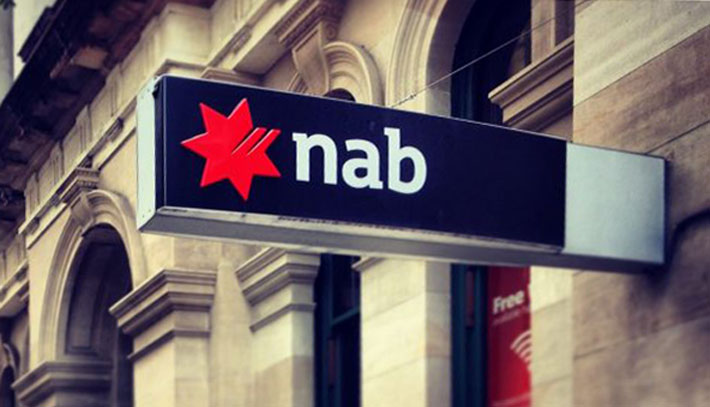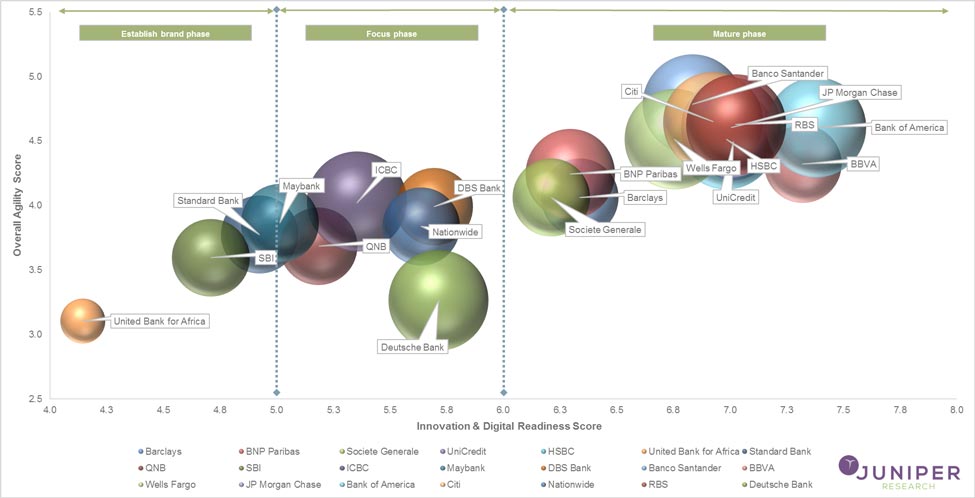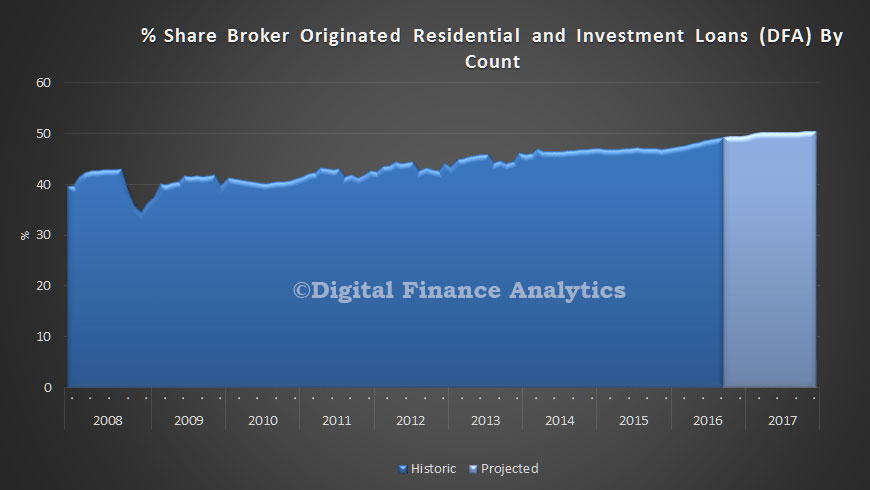Good morning everybody, it’s great to be back. It’s been two years since I last spoke to you at FST media. I’ve always found it a great conference for getting through to the core of what is important. Today, what’s important for me – as I share a little bit about what’s going on in my life – we have just launched overnight, the latest version of our Mobile Banking Application for Apple.
It’s been an incredibly exciting couple of weeks. For the last three weeks we’ve been progressively rolling out in the Android world and it’s gone so successfully we decided to launch last night with the Apple version. Already this morning, 50 000 of our customers used and logged on to the new application. It’s very exciting because at NAB, it’s all about the customer. At the heart of the One NAB plan is the customer experience. We want the customer experience to be personal, to be easy and to be supportive. And making it easy and supportive for our customers really requires a lot of engagement with customers. And we’ve got to engage with our customers where our customers are.
Most of our customers don’t walk into branches these days. 95 per cent of all customer interactions are through digital channels. So our business customer engagement location is on a train, it’s in the passenger seat of a car, it’s walking down the street, it’s sitting in a conference. We do our banking and we engage with our bank wherever we are. So we need to be living in our customers’ world.
Approximately 70 per cent of our customer logons in digital are through mobile devices now. Our customers are raising the bar. Really raising the bar around how always on they expect us to be in a digital world. There’s no nine to five in a digital world – we’ve got to be able to do everything at all times of the day. So that really raises the bar in terms of how reliable and stable technology can be. But it also raises the bar in terms of how agile and how many new features are being delivered into their hands every day. They don’t expect quarterly or six month releases. New features have to be turning up day in and day out.
There’s a lot of innovative ideas at NAB through our NAB Labs team and outside in the industry. And so how do we really engage with the right ones, and join them up with the customer and experiment with the customer involved in the process to then figure out which innovation is relevant to the customer experience, and then get laser focused on industrialising those particular innovations that are going to move the customer experience the most.
I think that’s the way, in a very crowded landscape. it’s our strategy of being customer-focused and keeping our eye on which particular innovations are going to make it easier, more personal, more supportive for our customers that enables us to focus on the ones that matter the most. So what’s fundamentally different today at NAB in the way that we’re executing these three strategic priorities for our customers is we’re changing the ‘how’ we do it. And I want to focus on two particular ‘hows’ of what we’re doing right now.
The first is DevOps and the second is on-platform innovation. When I think about DevOps and continuous integration and continuous delivery, it is one of the most fundamental changes I’ve seen in my career that really does make a difference for the customer. A DevOps approach gets that balance right for the customer of being always on and really fast at delivering things. Today’s launch of our new mobile Internet Banking app is a really good case study, and we’re nailing it.
The original project name for the project that went live last night was called ‘E-301’. E-301 stands for a great customer experience. E stands for a great customer experience – you always start with the customer experience. The ‘three’ is for three seconds – we want it to be really simple and quick for our customers, so they can login and get to any feature within three seconds. ‘Zero’ means zero down time, so it is always on. ‘One’ is what really drove a lot of change in terms of how we do things. One hour from finishing change to a piece of code to getting it into production.
It completely busts all of the norms that we used to have on how we went through things. It has made the biggest difference.
Last night’s launch I think is the exemplar of really pushing the boundaries with that ‘E-301’ mantra, to set a new, high bar. What we did was, we sat down with 4000 customers over the last year and progressively experimented, innovated and evolved a solution with real customers. Our customers gave us 2700 solutions on how to make it better.
We went live last night and it’s all gone smoothly. Today, we’ve already got some feedback from customers that say they would like to see a subtotal of all of their accounts at the bottom, so we’ll put that into the next release.
And this long-running, persistent team that works on a platform continuously builds new features every fortnight in perpetuity. So this is a really different approach – it’s a platform-based approach, it’s a DevOps approach and what it does is not second guess what the customer experience is about. What it does is it works with the customers and continuously delivers that better customer experience. There is a second platform that’s got very similar features that we’ve been working on for a number of years that is now live in production for our consumer bank and that’s the Personal Banking Origination Platform. We’re now starting to plug the digital and the personal banking platforms together to get that experience across a broader range of services, but we’re seeing really good benefits flow from this platform around getting decisions faster, getting times to yes faster and also driving quite a bit of productivity into some complex end-to-end processes.
We’re doing monthly releases on the PBOP platform and that gives us the ability to learn, engage with our customers and continue to build a backlog of new features and continuously evolve the new platform so that it doesn’t become a legacy system, it becomes a long running persistent team that in 10, 20 or 30 years should be continuing to evolve the customer experience.
This is what I call the ‘ever green model of technology.’ Where all of the platforms in the organisation have this long-running persistent team and an agile, consistently delivering model, then the thing that fundamentally changes – and this is where the real strategy comes to life – is our environment actually gets simpler over time.
What tends to happen with these agile platforms is demand comes to them because they are delivering fast. One of the things I’m most proud that we’ve achieved at NAB in the last 12 months is for the first time in my career operating this way. We actually finished this year with less technology than we started. So we turned off more than we added in. What it was, was continuously building more agile platforms, encouraging demand to come on platform and then naturally, you start to see more decommissioning and adding on of new.














